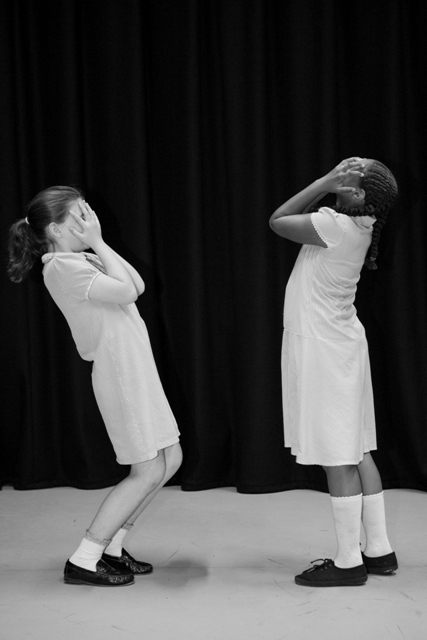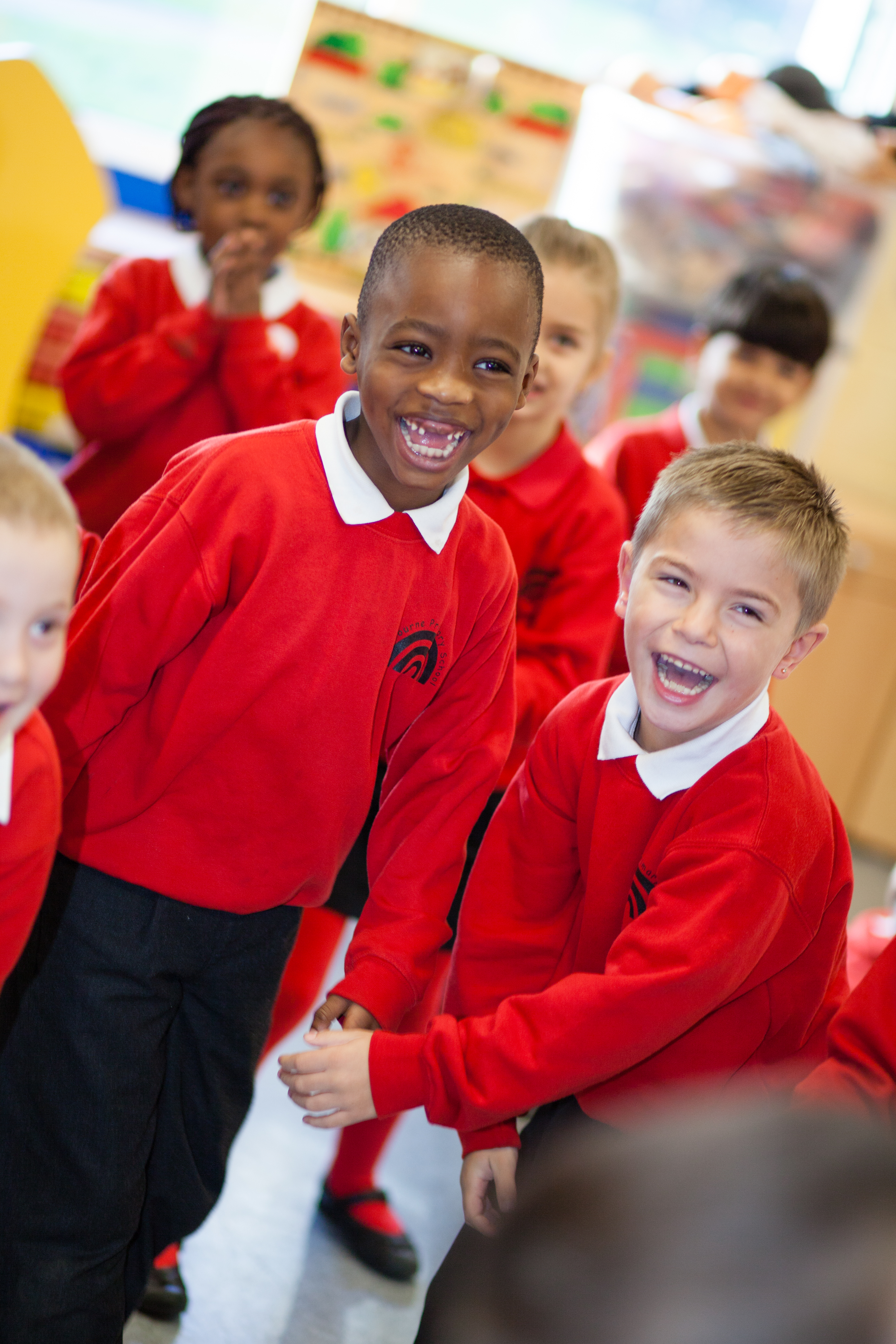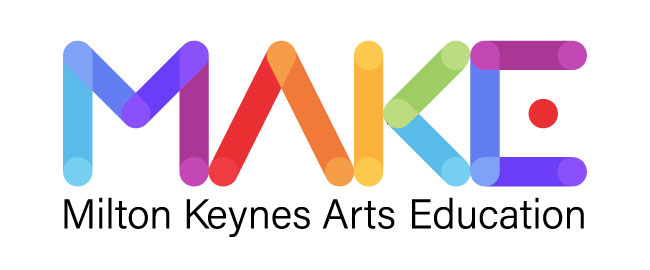Top 10 Tips for teaching Mental Health and Wellbeing
By Artis Specialist, Martha (Kablam)More and more people are recognising the positive influence the arts has on our mental health and wellbeing. It can be difficult for students to know how to express their emotions and feelings especially with the pressures surrounding young people with the rise of technology, social and academic pressures. Below are a few ideas and tips on how to explore mental health and wellbeing with your students. These can be used in whole sessions and terms on the subject or as “check ins” at the start of sessions to see how your class are and to begin to unpack the subject and embed exploring wellbeing into your classes routine. You can also download our Top Tips to print a copy for your own classroom.
1) Mind & BodyThis exercise is good to get the students to be in the moment and to only thing about one thing. It is a good exercise to help clear their mind and focus on themselves. Stand in your own space and place your feet firmly on the floor. Let your toes spread on to the floor, can you wriggle them? Can you lift just your toes off the floor? Rise on to the balls of your feet, now try standing on your heels. Sit down and shake one foot then the other, make circles with your feet –one way and the other. Stretch your toes away from you and now pull them up towards you. Become aware of your own body and how it is pulled down to the floor.
2) Guess my EmotionThis exercise helps the students to understand how to read and show emotions through facial expressions and body language. Unpack how we don’t always say explicitly how we are feeling but may show it in other ways. What are emotions? Have a little conversation about what emotions you feel and how we can feel different emotions on the inside than we may feel on the outside. Talk about feelings and how we feel different emotions each day. In pairs you must share the beginning of your day from getting up to arriving at school, however the student can use no words to express their emotion but only show it in their facial expressions. Their partner must guess how they were feeling and if their emotions changed throughout their morning routine. 3) Emotions on instrumentsPlay an instrument for the class with different dynamics and tone. Ask the children to sort ‘happy’ sounds’ and ‘sad sounds’. Can they identify the differences? Do happy sounds have a faster pace and louder dynamics compared with sad sounds? In groups the students are given a set of emotions written on card and a percussion instrument. Each student must pick an emotion and play the instrument with that intention. The other students must guess what emotion the instrument is representing. 4) I’ve got a sound inside me and it feels like this!Stand in a circle. One by one each child says the phrase “I’ve got a sound inside of me and it sounds like this…” and makes a sound and action with how they’re feeling – all copy each action and sound. Identify how longer higher sounds with slow actions may represent a different feeling to a low fast sound with a jagged movement.
5) Moving like an emotionOften the way we move really conveys how we are feeling by our pace and body language. Call out different emotions and ask the class to move around the room with that specific emotion. Then ask one person in the room to move with the opposite emotion to everyone else. Repeat this a few times with different emotions and opposite emotions. Unpack how it felt to be the only person feeling the opposite emotion.
6) Advert for a friendCreate a freeze frame of yourself doing one thing that makes you really happy. The freeze frame much be dynamic and include big facial expressions. In pairs one student stays in their freeze frame the other is the presenter. The presenter must introduce their partner to the class pointing out all the things that are good about them. Explain how this could be to do with their personality, skills and positive qualities. Really use this to show people off! 7) Copy me gameThis exercise is good to talk about how it is important to listen and focus on your friend if they’re sharing something with you. One person puts their hand in front of the others face. The other person must follow the hand around the room. The student following the hand is known as the “listener” and the person with their hand up is known as the “sharer”. Unpack how the listener had to keep focus on the sharer and keep their eyes on them for the exercise to work.
8) Communication and listening gameThis exercise is good to talk about how you can help others through tricky situations. One person is blind folded and the other person is across the room from them. The rest of the class are dotted around the room. The person not blindfolded must direct the blindfolded child to the other side of the room (around the other children) using only their voice.
9)Communication without words with Stick GameThis exercise is good to talk about how it is important to work together through difficult times. Each pair is given a small stick or rod. They must work together to keep the stick in the air and moving without it falling to the ground. However they can only use one index finger each and not use any sound or words to communicate.
10) Slow DownWhen we slow down we centre ourselves and it gives us time to think about how we really are. Bubbles move slowly and help us to move slowly too in all the rushing of life. Talk about bubbles- what do they move like/ look like. Blow some bubbles. The children must follow them gently with their eyes. Put some slow calm music on. Each student must create a human bubble. As the music plays the students must start to move around the room slowly floating like a bubble. This will create a slow and calm atmosphere.
You can see some of these activities in action by watching the You, Me, Together project film here. If you’re interested in finding out more about how Artis supports mental health and wellbeing in schools then please click here to find out more. If you’d like to chat with a member of the team to explore whether Artis might be right for your school, please email: dingdong@oldsite.artisfoundation.org.uk or call us on 0207 324 9880. |
04 Jun 2018 |


















